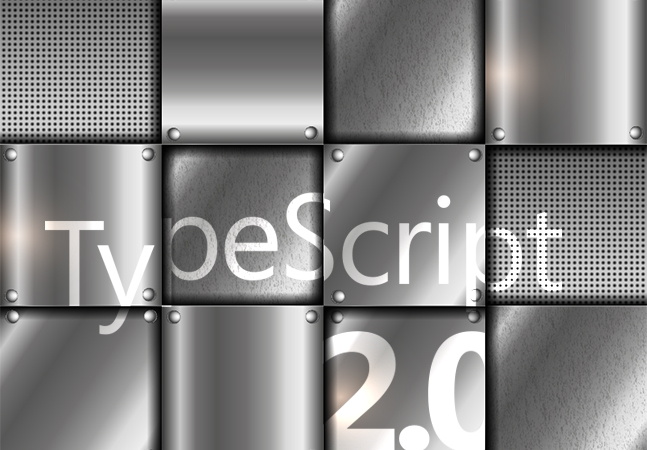
Here are two ways to save some typing when defining anonymous objects. One only works in Visual Basic, though.

Welcome to the 21st century, C#, now that case blocks support a variety of pattern-matching formats.

Find the patterns in your data sets using these Clustering.R script tricks.
- By James McCaffrey
- 02/01/2017

A roundup of a few more features: deprecated any type, literal datatypes, read-only properties, more!

You want to keep an object around only as long as you have memory available, do ya? Then you need the WeakReference class.

On the Windows platform, the C++ language offers several ways to process a file. We'll look at four approaches for serial IO access.
- By Bartlomiej Filipek
- 01/26/2017

Whether you're building a Web or desktop application, here's a round-up of tools for building the interface with plain old HTML.
- By Terrence Dorsey
- 01/25/2017

Marten is PostgreSQL-based, so take advantage of relational features where it makes sense. Here's an example.
- By Jason Roberts
- 01/24/2017

Peter starts off with a perfectly good solution to a problem but then complicates the problem . . . and ends up moving to a different design pattern. While on that journey he has some best practices around designing Data Transfer Objects.

You probably use ToList to convert your LINQ results into Lists. It's almost as easy to convert any collection into a Dictionary whose items you can retrieve by key.

Chatbots are the new mobile application. In this article, Nick demonstrates how you can integrate a bot right into your Universal Windows Platform app via the Microsoft Bot Framework Direct Line API.
- By Nick Randolph
- 01/17/2017

As a company's problems continue to become more complicated, your code will become more complicated. Peter shows how refactoring code can lead you to better designs.

Peter gets an improved tip from one reader and some more tips from another, all designed to navigate Visual Studio faster.

Let's break away from C# somewhat and learn how F# is a great fit for crafting mobile applications.
- By Greg Shackles
- 01/12/2017

Both are .NET Framework-based, but they don't seem to be speaking the same language.

The S3 OOP model is still widely used, so let's use write S3-style OOP code via the R language.
- By James McCaffrey
- 01/10/2017

Sometimes life is like playing Whack-a-Mole: You write some code that solves a problem, and then someone comes along and makes the problem harder. Here's how to continuously integrate new solutions without having to rewrite your old solutions (much).

Peter didn't bother doing any performance testing but he believes that this change has just got to speed up your ASP.NET MVC application.

The latest version of TypeScript provides developers with tools to create base classes and class hierarchies just like the other object-oriented languages.

Whether you're building an application database or generating data access code, we've got a round-up of tools to make the job easier.
- By Terrence Dorsey
- 01/04/2017